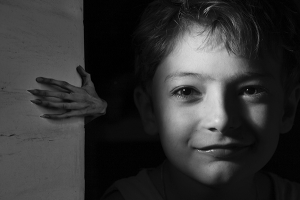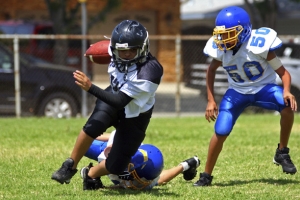
Today, 1 in 50 individuals is diagnosed with autism, making it more common than pediatric cancer, diabetes and AIDS combined. It occurs in all racial, ethnic and social groups and is four times more likely to strike boys than girls. Autism impairs a person's ability to communicate and relate to others. It is also associated with rigid routines and repetitive behaviors, such as obsessively arranging objects or following very specific routines. Symptoms can range from very mild to quite severe. Some children with autism struggle to learn to count to 20 by the age of 5.
Parents of children with autism and other special needs may feel helpless when confronted with the prospect of educating their child. In addition to coming to terms with the fact that their child is different, parents are faced with the prospect of learning a completely foreign set of terms and the different theories of what is the best way to handle their child. Just dipping a toe into the educational waters unleashes a flood of acronyms: LRE, OT, TSA, APE, IEP, IDEA, LAS and more. What does it all mean?
Even though state and federal law—the Individuals with Disability Education Act (IDEA)—provides that children with disabilities are entitled to a “free appropriate public education,” deciding what is the best placement for a child with autism is almost impossible for parents to do alone.
The choice of a child’s placement is a decision parents and school district specialists should arrive at together after a thorough series of evaluations performed by the school district, and if necessary, private consultants as well through the IEP process. This meeting can be called at any time by parents or school districts and is the vehicle through which a child’s educational needs are assessed and decisions about placement and services are made.
No matter if an IEP results in the ideal placement for a child, or if it’s a decision reached through mediation, placement is only the beginning of an even longer journey. When districts and parents understand their respective roles and the tremendous opportunities created when they enter into a true partnership, phenomenal outcomes can be achieved for children—even those with the most severe disabilities—when there is a foundation of trust, respect and full disclosure.
-------------------
Areva Martin is a nationally recognized children and women’s rights advocate and autism spokesperson.
Published: February 2014



















